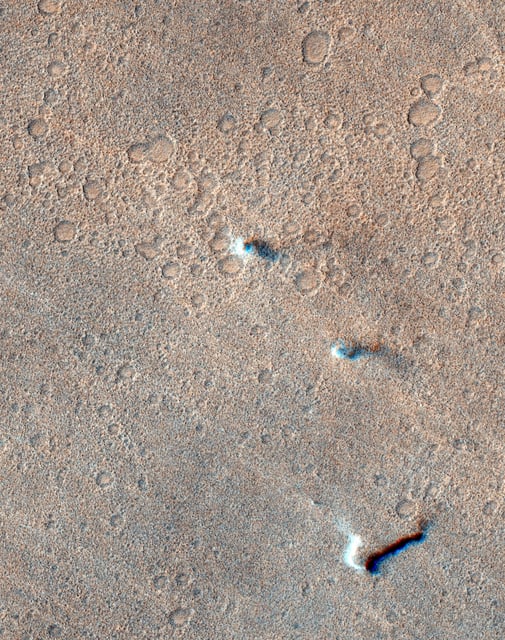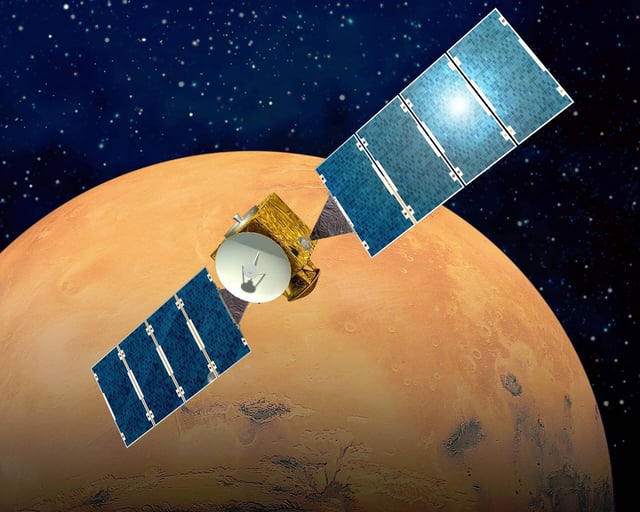Overview
- Researchers analyzed two decades of Mars Express and ExoMars TGO imagery to catalog 1,039 dust devils, with motion and direction measured for 373 events.
- Measured near-surface winds peaked at about 158 km/h (98 mph), exceeding many prior surface-based estimates reported for Mars.
- Detections span the planet with clustering in source regions such as Amazonis Planitia, with activity most common in local spring and summer and peaking around late morning to early afternoon.
- The team exploited slight inter-channel timing offsets in CaSSIS and HRSC images and trained a neural network to identify and track the whirlwinds.
- Findings published in Science Advances provide an open dataset to refine climate models and support landing-site assessments, solar-panel dust risk estimates, and planning for missions such as ESA’s Rosalind Franklin rover.



